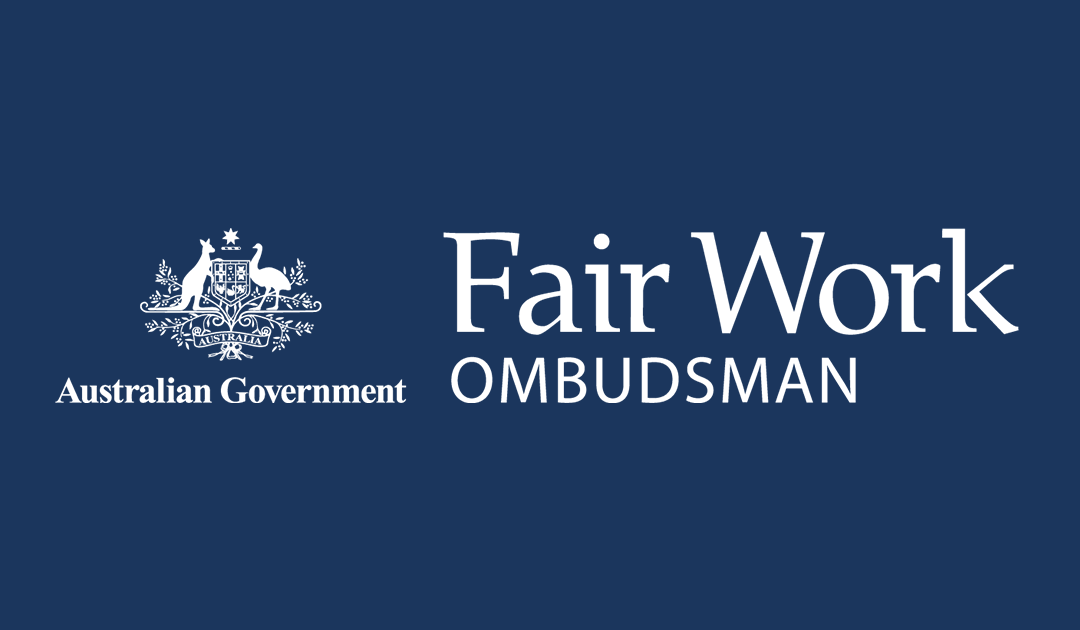
Latest Fuel Tax Credit Rates for Businesses: 01 July 2024 – 04 August 2024 Update
Latest Fuel Tax Credit Rates for Businesses: July 2024 – 04 August 2025


As a business owner or manager, keeping up with the latest fuel tax credit rates is essential for accurate financial planning and compliance. The Australian Taxation Office (ATO) has released the updated fuel tax credit rates effective from 1 July 2024 to 04 August 2024. Here’s a concise overview of the rates and how they can affect your business.
Latest Rates (Effective from 1 July 2024 to 04 August 2024)
| Fuel Type | Used in Heavy Vehicles on Public Roads | All Other Business Uses |
|---|---|---|
| Liquid Fuels (e.g., Diesel, Petrol) | 19.1 cents per litre | 49.6 cents per litre |
| Blended Fuels (B5, B20, E10) | 19.1 cents per litre | 49.6 cents per litre |
| Blended Fuel (E85) | 0 cents per litre | 21.295 cents per litre |
| LPG (Duty Paid) | 0 cents per litre | 16.2 cents per litre |
| LNG/CNG (Duty Paid) | 0 cents per litre | 34.0 cents per kilogram |
| B100 | 0 cents per litre | 14.9 cents per litre |
Note 1: From 1 November 2019, this rate includes fuel used to power passenger air-conditioning of buses and coaches.
Note 2: Claims for packaging or supplying fuel can use the ‘all other business uses’ rate for the appropriate eligible fuel type.
Note 3: Fuel tax credit rates change for liquid fuels used in a heavy vehicle for travelling on a public road due to changes in the road user charge, which increases by 6% each year over 3 years, from:
- 28.8 cents per litre in 2023–24, to
- 30.5 cents per litre in 2024–25, and to
- 32.4 cents per litre in 2025–26.
Note 4: Fuel tax credit rates change for gaseous fuels due to changes in the road user charge, which increases by 6% each year over 3 years, from:
- 38.5 cents per kilogram in 2023–24, to
- 40.8 cents per kilogram in 2024–25, and to
- 43.2 cents per kilogram in 2025–26.
Currently, the road user charge reduces fuel tax credits for gaseous fuels to nil.
How to Use the Rates
To claim your fuel tax credits accurately, use the rate applicable on the date you acquired the fuel. For convenience, utilize the ATO’s fuel tax credit calculator available online. This tool is updated with the latest rates, ensuring you report the correct amount on your Business Activity Statement (BAS).
Staying informed about the fuel tax credit rates helps your business recover some costs associated with fuel use. Ensure you apply the correct rates and consider using available tools for accurate reporting.
For further information please visit the ATO website –
Need more help or information?
Click the link below to contact us at Plus 1.
Open Hours
Monday to Friday
8:00am to 5:00pm
Closed Public Holidays







If you need to get us documents quickly, access remote support, or the MYOB Portal click the button above.























Recent Comments